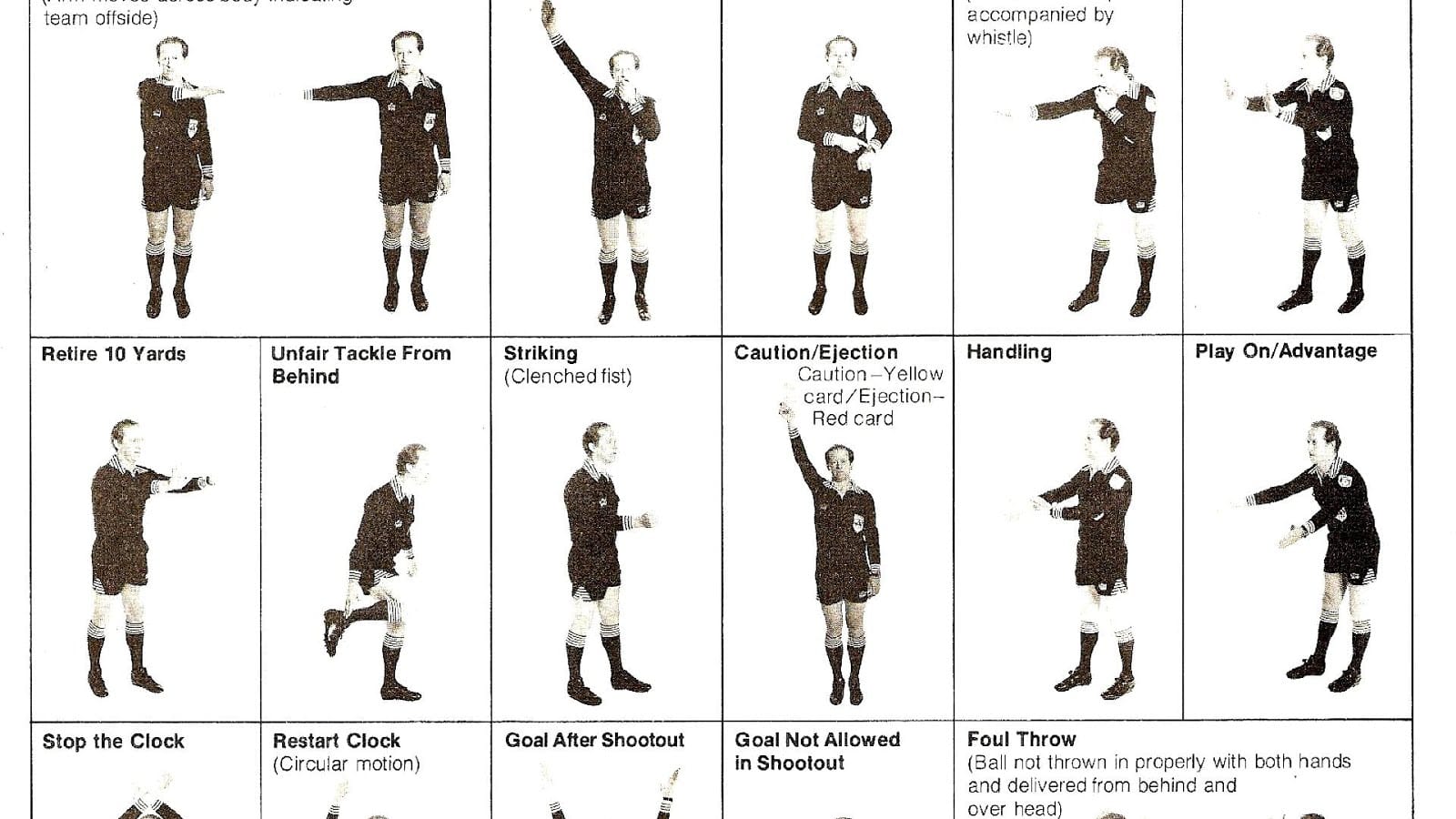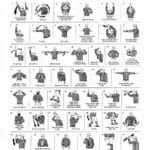Unlock the Game: Understanding volleyball referee hand signals enhances your appreciation and strategic awareness on the court. Whether you’re a seasoned player, a curious fan, or a budding coach, this comprehensive guide will equip you with the knowledge to decipher the silent language of volleyball officiating.
Mastering the Basics: Essential Game Management Signals
These signals are the foundation of volleyball officiating, controlling the flow and rhythm of the match.
Direction of Service
The referee extends their arm straight, pointing towards the serving team’s side. It’s a clear visual cue indicating which team has the serve.
Change of Courts
A circular motion of the hand above the head signals that the teams should switch sides. This usually occurs after a set or at predetermined score intervals.
Time-out
The referee forms a “T” with both hands, directing them towards the team that requested the time-out. Time-outs are strategic pauses, allowing teams to regroup and strategize. The referee indicates the requesting team by forming a “T” and then pointing to the team.
Substitution
A circular motion of the forearms, with palms facing each other, indicates a substitution. This signal marks the entry of a new player onto the court.
Identifying the “Whoops” Moments: Fault/Violation Signals
These signals pinpoint errors in gameplay, ranging from minor infractions to more significant violations.
Net Touch
The referee lightly touches the top of the net with their palm, signifying a net touch. This occurs when a player contacts the net during play, often resulting in a fault.
Illegal Hit (Lift or Carry)
An open palm facing upwards suggests a lift or carry. This happens when the ball isn’t struck cleanly but is instead lifted or scooped, disrupting the flow of play.
Double Contact
Two raised fingers signal a double contact, indicating that a player touched the ball twice in a row, which is against the rules.
Four Hits
Four fingers held aloft signal that a team has contacted the ball four times before sending it over the net. Teams are allowed a maximum of three hits.
Back-Row Attack
A raised forearm, palm facing downward, signifies a back-row attack fault. This occurs when a back-row player attacks the ball from behind the attack line while jumping from above the height of the top of the net. They can attack from this position, but their point of contact with the ball must be lower than the height of the top of the net.
Positional Fault
A circular motion of the index finger indicates a positional fault, meaning players are out of rotational order. This signifies they are not in their designated spots according to the rules.
Service Fault
A whistle blow combined with the referee pointing towards the specific fault location (e.g., foot over the service line, ball landing out of bounds) indicates a service fault.
Blocking Foul
The referee mimics a blocking motion with their hands to signal a blocking foul. This often occurs when a back-row player blocks at the net or blocks before the opponent attacks the ball.
Other Crucial Signals: Managing the Match
These signals cover various aspects of game management, including point allocation and disciplinary actions.
Ball “In”
Pointing downward with an open hand signals that the ball landed inside the court lines, resulting in a point.
Ball “Out”
Pointing upward with an open hand signifies that the ball landed outside the court lines, leading to a side out.
Replay
A circular motion of the index finger above the head indicates a replay. This signifies that the point must be replayed due to an unforeseen circumstance or interruption.
Misconduct
A yellow card serves as a warning for misconduct, while a red card results in expulsion from the game. These signals indicate serious breaches of sportsmanship or rules.
The Whistle and Hand Signal Symphony
The whistle and hand signals work in tandem. The whistle often accompanies hand signals for emphasis and clarity, marking the start and end of rallies, signaling faults, and maintaining order on the court.
Becoming a Signal Savvy Spectator: Tips and Strategies
- Respect the Referee: Referees are crucial for fair play. Treat them with respect, even if you disagree with a call.
- Consider the Referee’s Position: The referee’s location on the court can subtly influence how a signal appears. Pay attention to their overall body language and the context of the play.
- Study the Signals: Familiarizing yourself with these signals will deepen your understanding of the game. It’s like learning a new language of sport!
- Remember Variations Exist: While this guide covers common signals, variations may exist based on region or officiating style. Ongoing research within the refereeing community suggests these signals may evolve. Continuous learning is key!
Want to learn about the challenges of playing volleyball? Click on volleyball ref signals for more. Also, if you’re interested in reading about the vast emptiness, consider reading vast empty expanses nyt.
What are the Basic Hand Signals in Volleyball? A Quick Overview
Knowing basic volleyball hand signals enriches your viewing experience, whether you’re a seasoned fan or new to the game. Here’s a quick overview of essential signals:
Point Awarded
The referee raises their hand vertically, pointing towards the scoring team.
Time-out
Hands form a “T” shape, signaling a team-requested pause.
Substitution
A circular forearm motion indicates a player change.
Fault/Violation
Specific fault signals often combine a distinct hand signal with pointing to the location or faulting player. For instance, a double contact is signaled with two raised fingers, while touching the net is indicated by tapping the net’s top.
Sanctions
Yellow card for warnings, red card for penalties, both for expulsion, and red and yellow cards separately indicate disqualification. The referee will also point to the sanctioned player.
What Does it Mean When a Volleyball Ref Puts Up Two Fingers? Decoding the Double Contact
In volleyball, the two-finger signal usually means a double contact or another illegal hit. It signifies that a player touched the ball twice in a row or made an improper contact (lifting, carrying), halting play and awarding the point to the opposing team. The block, however, doesn’t count as the first contact.
The two-finger signal might also indicate illegal hits like lifting or carrying the ball. A lift occurs when the ball rests momentarily on a player’s hands instead of being hit cleanly. Carrying is propelling the ball upwards with open hands rather than striking it.
The referee raises two spread fingers, visually communicating the fault. The opponent receives a point and the right to serve. If the faulting team was serving, they lose possession.
This signal differs from other similar signals (e.g., four fingers for four hits). Understanding this nuance is crucial for players to avoid penalties and for spectators to follow the game effectively.
What is the 31 Hand Signal in Volleyball? Unveiling the Setter’s Secret Weapon
The “31” isn’t a referee signal, but a fast-tempo offensive play call by the setter directed at the middle blocker. It often pairs with the outside hitter running a “32” play, creating a two-pronged offensive threat.
Synchronized Attack: The 31 play allows the middle blocker to attack as the outside hitter (running a “32”) begins their approach, creating a coordinated, simultaneous attack. The timing here is critical, with the middle blocker finishing their jump as the outside hitter begins theirs. Masterin this play maximizes offensive potential.
This isn’t a standardized referee signal, but a team-specific play call, meaning its execution can vary between teams and coaches. Understanding these play calls is essential for cohesive team play and strategic offensive execution in volleyball. When executed effectively, the 31/32 combination can disrupt the opponent’s blocking strategy and create scoring opportunities.
- Unlock Filipino Culture: A Deep Dive into Traditions and Practices - April 23, 2025
- Unlock Spanish Culture: Insights & Opportunities Now - April 23, 2025
- White Spirit Uses & Substitutes: A Deep Dive for Pros & DIYers - April 23, 2025
















